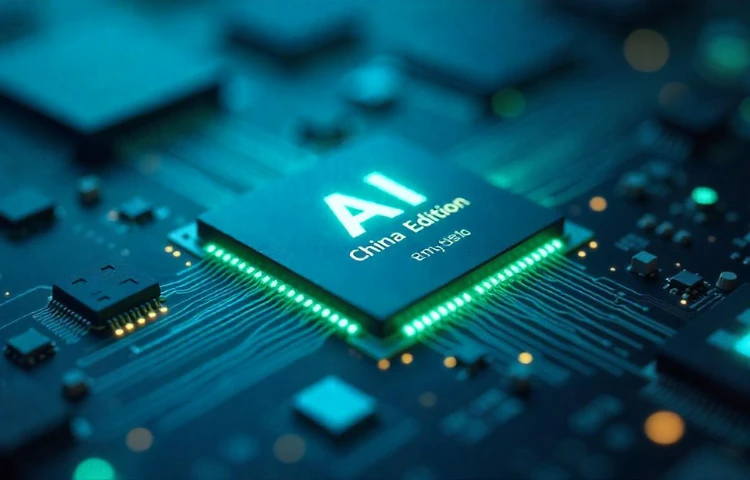

Prefer to listen instead? Here’s the podcast version of this article.
In the high-stakes arena of global tech, Nvidia has once again made a game-changing move—this time with a custom-designed AI chip crafted specifically for China. As the U.S. tightens its grip on advanced tech exports and China doubles down on homegrown innovation, Nvidia walks a fine diplomatic and commercial line. Why does this matter? Because AI hardware is the new oil, and Nvidia’s pivot isn’t just about selling chips—it’s about maintaining dominance in the world’s second-largest economy without violating international sanctions.
Recently, multiple reputable outlets reported that Nvidia plans to launch a stripped-down version of its Blackwell architecture—likely based on the RTX Pro 6000 platform—tailored to comply with U.S. export restrictions. Key modifications include removing high-bandwidth memory (HBM) and NVLink support, pricing the chipset between $6,500–8,000—a more accessible alternative to the banned H20 (~$10,000–12,000).
According to Financial Times, this chip launch is expected around September 2025, aligned with CEO Jensen Huang’s planned visit to Beijing’s Supply Chain Expo—further signaling Nvidia’s intent to reassert its presence despite regulatory headwinds [Financial Times].
Jensen Huang is expected to visit Beijing around mid-July to early September. Gap meetings with Premier Li Qiang and Vice-Premier He Lifeng will help pitch this compliant chip and reassure Chinese stakeholders. The visit coincides with the Supply Chain Expo (July 16–20) [Korea Post].
This chip isn’t just about tech—it’s a test case for the evolving U.S.–China tension in AI supremacy:
Nvidia’s China-specific AI chip represents more than just a technical workaround—it’s a masterclass in strategic agility at the intersection of innovation, regulation, and global market dynamics. As the company navigates tightening U.S. export restrictions and intensifying competition from Chinese AI chipmakers, this tailored solution underscores the complexities tech giants face in balancing compliance with growth.
For enterprises relying on advanced AI infrastructure, Nvidia’s move signals a growing trend of regional customization in chip design and a fragmented global supply chain shaped by geopolitics. For regulators and policymakers, it presents fresh questions about the long-term effectiveness of hardware-based export controls in a world driven by software-defined progress.
WEBINAR